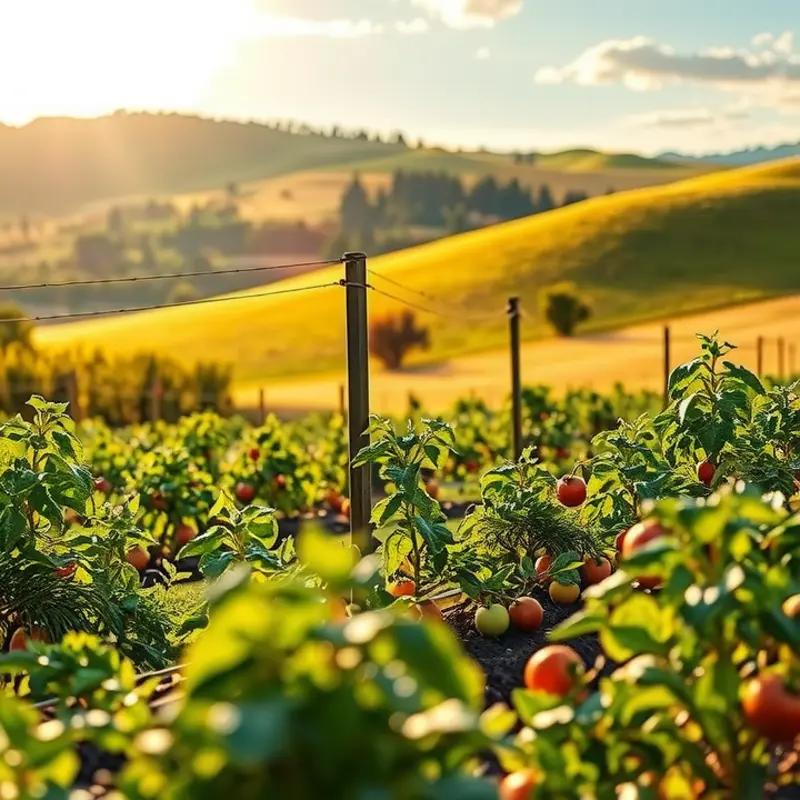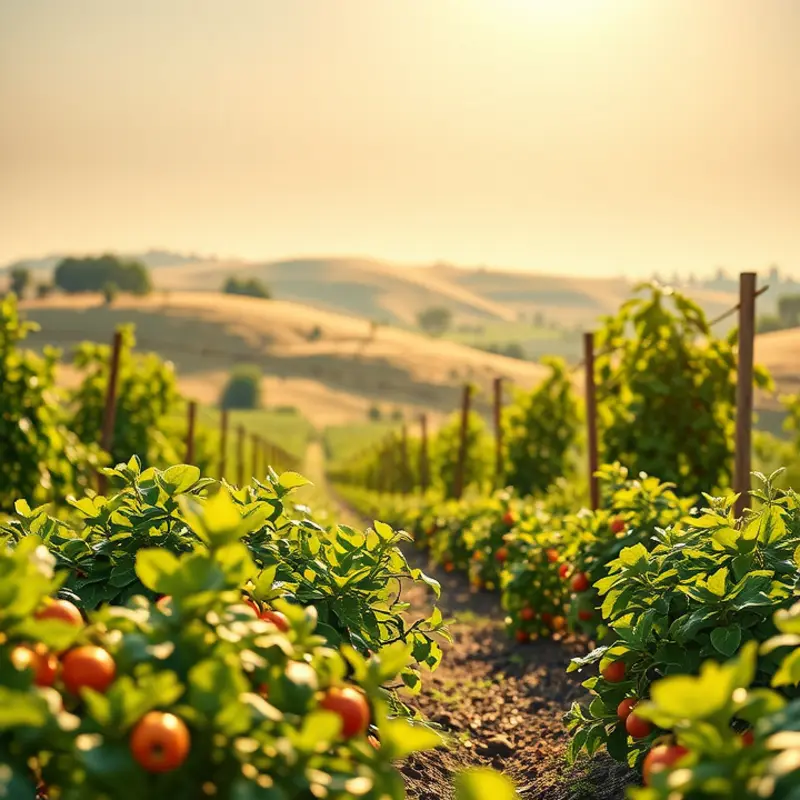Understanding the difference between organic and non-organic foods is essential for anyone looking to improve their dietary habits. As a health-conscious individual or a beginner in nutrition, making informed choices can be overwhelming. This guide breaks down the key distinctions, benefits, and considerations surrounding organic and non-organic foods, empowering you to make healthier decisions for yourself and your family.
Understanding Organic Foods

Organic foods represent a choice to consume produce that is cultivated without synthetic fertilizers and pesticides. This agricultural approach emphasizes the use of natural processes and cycles, aiming to nurture the environment while producing food. At its core, organic farming prioritizes soil health by employing techniques like crop rotation, composting, and intercropping. These methods enhance soil fertility, reduce erosion, and encourage biodiversity by creating a balanced ecosystem thriving with beneficial organisms.
To ensure that products meet standards, organic foods must undergo a stringent certification process. This involves on-farm inspections to verify the compliance with organic guidelines, meticulously documenting every step from seed selection to soil management. Certified organic products come with a label that guarantees adherence to these principles, providing consumers with assurance of the products’ cultivation methods.
One of the most touted benefits of organic foods is their perceived nutritional advantage. Some studies suggest that organic produce may have higher concentrations of certain nutrients, including antioxidants, which are vital for fighting oxidative stress in the body. However, it remains essential to understand that nutritional content can vary widely due to factors like soil quality and freshness, meaning individual benefits may differ.
Environmental sustainability is another significant boon of organic farming. By eliminating synthetic chemicals, organic practices lessen the pollution of nearby water bodies and preserve local fauna. This conservation effort not only shields the environment but also encourages a diverse and resilient food ecosystem. Organic farming also tends to be more labor-intensive, fostering job creation in rural areas, boosting local economies, and ensuring that growth does not come at the cost of ecological degradation.
For those transitioning to organic, it is crucial to weigh these benefits against personal considerations such as cost and availability. Often, organic produce comes at a premium due to the intensive labor and smaller-scale operations typical of organic farms. Thus, informed decisions should balance these factors to align with one’s dietary goals and environmental values.
Further enlightenment on sustainable eating strategies can be explored through resources like eco-friendly kitchen practices, aiding in a comprehensive understanding of how individual actions contribute to broader ecological health. By embracing organic foods, consumers not only enhance their well-being but also invest in the planet’s future.
The Non-Organic Option: What to Know

Non-organic foods, commonly known as conventional, are produced using synthetic chemicals, fertilizers, and pesticides. These methods have revolutionized agriculture, allowing farmers to increase yield and ensure predictable food supplies. Conventional farming often relies on chemical interventions to combat pests and diseases, ensuring robust crop production. Fertilizers enrich the soil with essential nutrients like nitrogen and phosphorus, promoting plant growth.
Common practices in non-organic farming include monoculture, where single-crop land is cultivated extensively. This can maximize output for specific crops but often at the expense of biodiversity. Crop rotation, though prevalent in traditional agriculture, is less common in non-organic farming, potentially leading to soil depletion over time. Moreover, pest management in these farms frequently involves synthetic pesticides. While effective, there are growing concerns about their long-term impact on human health and ecosystems.
Non-organic foods are subject to regulations ensuring safety for consumer consumption. Agencies in various countries set permissible levels for pesticide residues on produce. While these levels are intended to be safe, the cumulative effects of low-dose pesticide exposure remain a subject of research and debate. Critics argue that even trace pesticide residues may pose health risks, particularly to vulnerable populations like children and pregnant women.
One of the key benefits of non-organic foods is cost. Conventional farming methods tend to yield higher crop quantities due to enhanced pest protection and soil fertility. These factors contribute to lower prices for consumers, making non-organic foods more accessible to wider demographics. Affordability often means that more people can meet their dietary needs without significant financial strain.
However, while non-organic foods are more available, concerns about their environmental impact persist. Conventional farming’s reliance on synthetic inputs can lead to soil degradation, water pollution from runoff, and loss of wildlife habitats. These environmental costs are prompting many to reconsider their shopping priorities, balancing between budget and sustainability.
By understanding both benefits and drawbacks, consumers can make more informed choices. If you’re looking to manage costs while still being mindful of health impacts, explore options like boosting flavor without unhealthy additives by checking out Flavor Boosters Without Salt. Evaluating how conventional farming aligns with your health and environmental values can guide you in determining the role non-organic foods should play in your diet.
Final words
Choosing between organic and non-organic foods is a personal decision that depends on various factors including health concerns, budget, and environmental values. Both options have their merits and downsides, which means you can find a balance that aligns with your lifestyle. As you venture into the world of nutrition, being informed will enable you to make confident choices that will nourish your body and support your health goals, making a positive impact on both your well-being and the environment.







